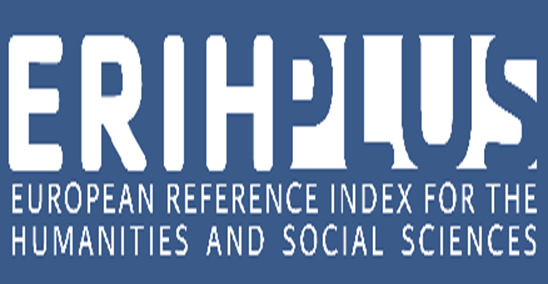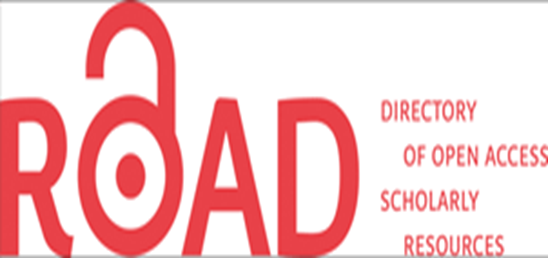From the experience of decoding Turkic Sufi poetry (based on the text of Yassawi’s “Diwani hikmet”)
Views: 208 / PDF downloads: 298
DOI:
https://doi.org/10.32523/2664-5157-2023-3-110-122Keywords:
linguistic and cultural code, linguoculturema, decoding stylistics, convergence, deceived expectation effect, cohesion, Sufism, Tarikhat, Magripat.Abstract
The article suggests ways of decoding Yassawi’s work “Diwani hikmet” as a literary text. We consider it the first experience in linguistic Turkology, since decoding stylistics is applied only to modern literary texts, and not to old manuscripts. It is known that Yassawi’s “Diwani Hikmet” is a fundamental example of Sufi poetry. At the same time, according to the laws of cultural studies, this work, along with other religious writings, belongs to the sacred cultural code. And the language composition in it is considered a linguocultural code. Linguoculturema can be basis for analysis of the linguistic and cultural code. At this point, linguoculturema includes everything from the text to
its every element. However, in order to introduce linguoculturema into the the style of decoding, it is necessary that linguoculturema should serve to form a literary text.
The pragmatism of the author’s thought is connected with the reader’s ability to decipher the codes presented to the reader. On the basis of the principle of nomination in the Yassawi’s “Diwani hikmet”, the phenomena of convergence, the effect of deceived expectations and coupling are put forward. Thanks to these phenomena, the reader can interpret the linguistic and cultural information of the hikmet. However, the disclosure of the meaning of the work will be effective if the reader has background knowledge gleaned from what he has experienced, heard and read, and if he has a stock of necessary information in advance. Therefore, background knowledge plays a crucial role. To understand the text of Yassawi’s «Diwani Hikmet», it is useful for the reader to know the ways of Islamic Tariqat, Magrifat, Sharia and Sufi world knowledge.
With the help of decoding stylistics, the essence and content of stylistic techniques in the literary text of Yassawi’s «Diwani Hikmet» are revealed.
Downloads
Reference
Абуов А.П., 2022. Духовное наследие Яссауи. Алматы: «Көкжиек-Горизонт». 212 с.
Адилова А.С., 2016. Қабылдау стилистикасы. Алматы: «Эпиграф» баспасы. 128 б.
Арнольд И., 1972. Теоретические основы стилистики декодирования// Стилистика романо-германских языков: Материалы семинара. Ленинград. С. 6-20.
Арнольд И.В., 2001. Стилистика современного английского языка (стилистика декодирования). Москва: Наука. 383 с.
Бертельс Е.Э., 1965. Суфизм и суфийская литература. Москва: Издательство «Наука». Главная редакция восточной литературы. 531 с.
Воробьев В.В., 2006. Лингвокультурология. Москва: Изд-во Российского университета дружбы народов. 338 с.
Жармухамедұлы М., 1999. Қожа Ахмет Ясауи және Түркістан. Алматы: Ғылым. 128 б.
Кеңесбаев І., 2007. Фразеологиялық сөздік. Алматы: «Арыс» баспасы. 800 б.
Кенжетай Д., 2008. Қожа Ахмет Ясауи дүниетанымы. Алматы: «Арыс» баспасы. 360 б.
Кныш А.Д., 1991. Суфизм // Ислам. Историграфический очерк. Москва: Наука. 230 с.
ҚТӘС, Қазақ әдеби тіілінің сөздігі. 15 томдық.
Нұрдәулетова Б., Шохаев М., Кенганова А., 2022. Жыраулар поэтикасындағы «шынайы адам» концептісі. Turkic Studies Journal. 4 (Vol.2). Б. 72–85. https://doi.org/10.32523/2664-5157-2022-2-72-85
Сыздықова Р., 2014. Ясауи «Хикметтерінің» тілі. Алматы: «Ел-шежіре». 664 б.


























